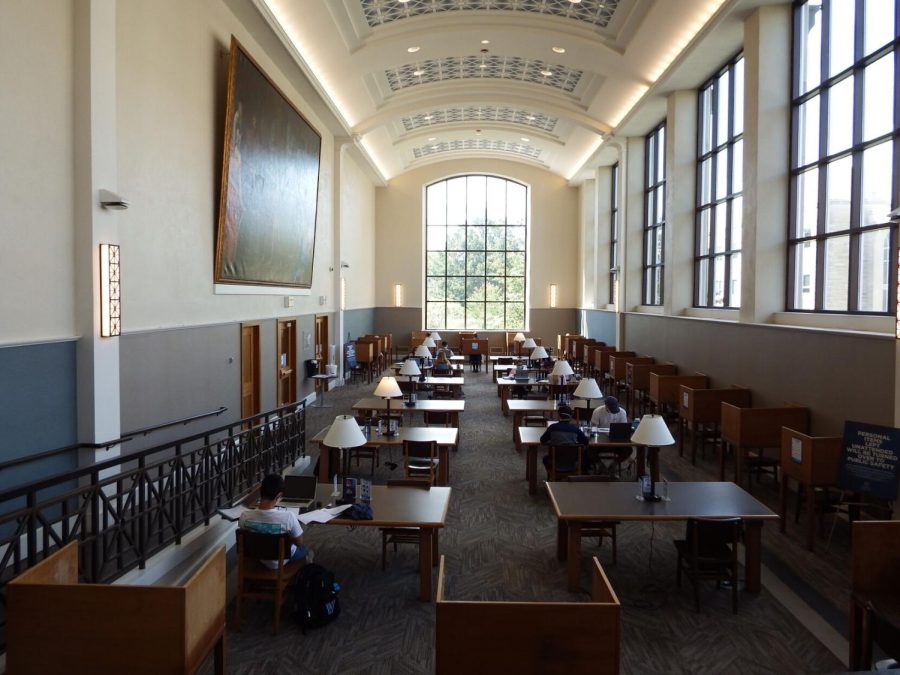The University-Implemented Working Break: Did It Work?
February 24, 2021
With no fall break, the previous semester felt very long and arduous to many students, spawning various complaints throughout the term. As a response to this sentiment, the University implemented “working breaks” to make the compressed schedule more bearable for the student body. The first working break occurred on Feb 17-18, and students had differing experiences. Was it an effective way of alleviating stress for students, or did it fail to accomplish its goal?
Villanova put the handling of working breaks to the discretion of professors entirely, on the condition that they did not assign work for that day. There seemed to be three different ways in which students experienced their work break. They either did not have class entirely for that day, they had a shorter class, or class ran normally without any homework. The latter of these three modalities should not have been an option.
The definition of a “working break” should have been a break from class. Students with not-so-pleasant professors had normal school days, which isn’t exactly in line with what a “break” should be.
Until I read the disclaimer on the academic calendar, I figured the working breaks meant a couple of days off from class, and I was disappointed when I scrolled down. The two days should have been centered around what the name entails, not up to the discretion of professors, since these breaks are supposed to be a substitute for spring break.
A workaround that some professors employed was to just make classes asynchronous for one day. Professors now have the tools to do this because of the pandemic. Many had the ability to make recorded lectures, discussion boards or anything else to avoid holding class that day. It is a way to have students relax for the day while still not disrupting the schedules and lesson plans for professors. This is more in line with what a break should be.
A flaw with disallowing professors from assigning work for students over the two days was that many just moved the work initially assigned for the break to Feb. 15, making that day incredibly busy and difficult for various students. Many major assignments or the regular work for that week were compressed entirely for that one day, creating bigger stressors for some students.
However, this seems to just be a consequence of the compressed semester instead of the work break, creating pressure for professors to give out assignments in a very short amount of time. I did have professors cancel assignments altogether for the break, but this is not something that is realistic across all classes.
Despite these flaws, the work break did alleviate some stress from students. The snow day made sure it became an actual “break,” but barring that, some professors did allow students some time to relax, giving them the entire day off or making class on Wednesday asynchronous.
In a broader sense, The University allocating more time off for students is a step in the right direction, especially considering these unprecedented circumstances. Taking feedback from last term and making changes to benefit the student body was something that I did not expect given the shorter semester format. There is communication between the students and staff, which in many other cases, that aspect seems to be absent.
Along with this, it shows that staff is willing to make changes to accommodate for students, who have been impacted greatly with the abrupt changes to life over the past year. While not perfect, any change along this vein is a net positive no matter the flaws within them.


